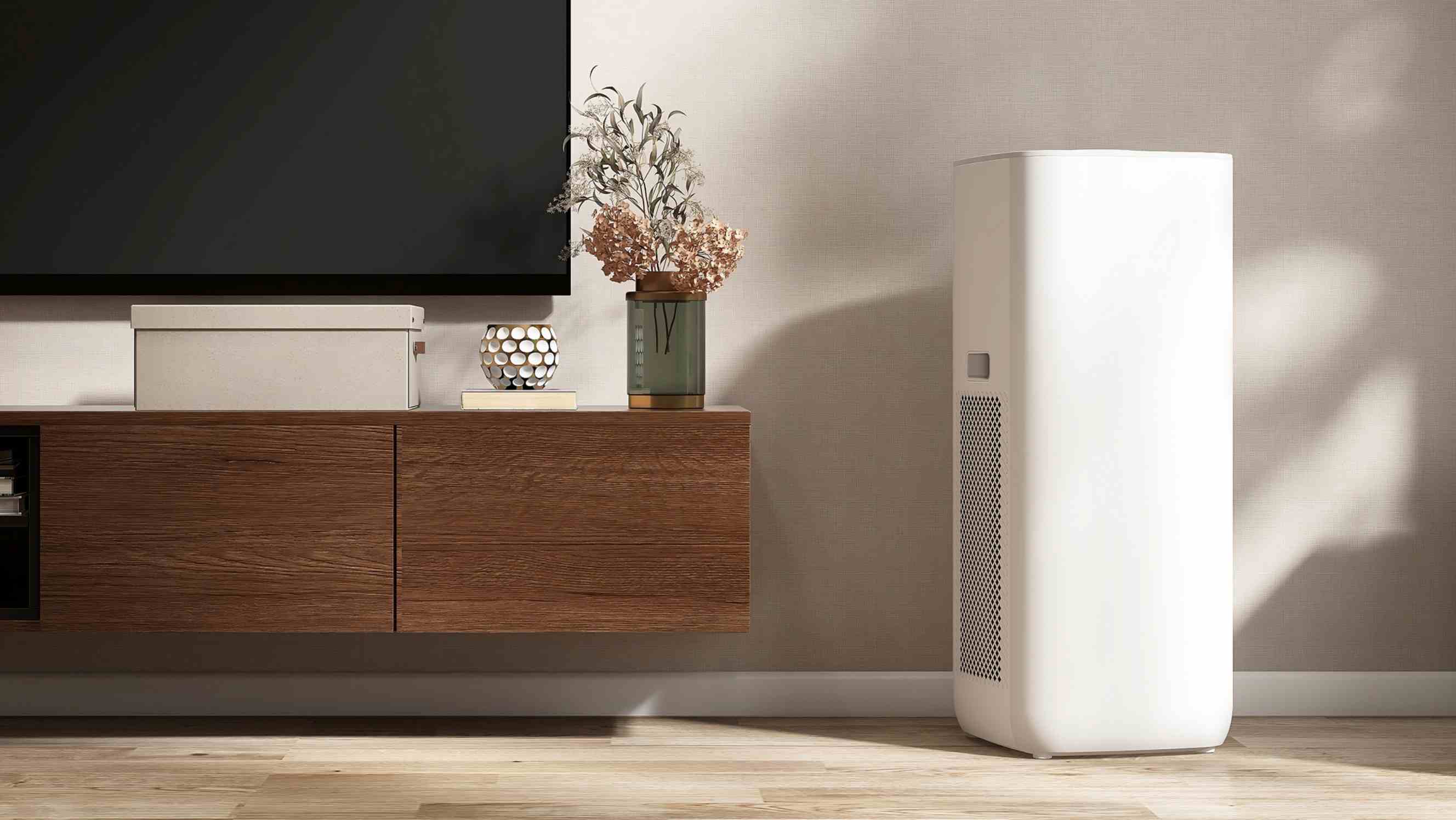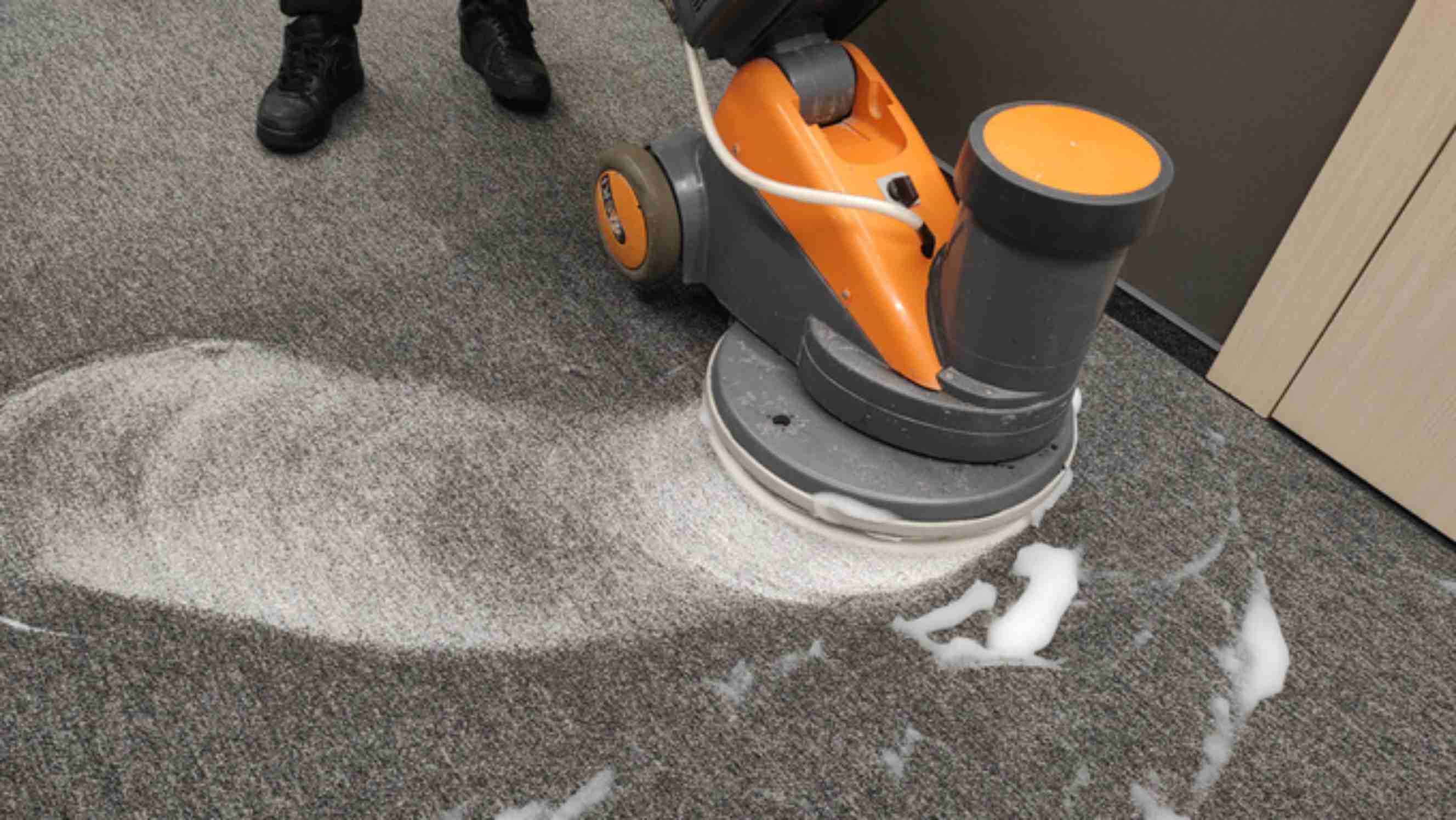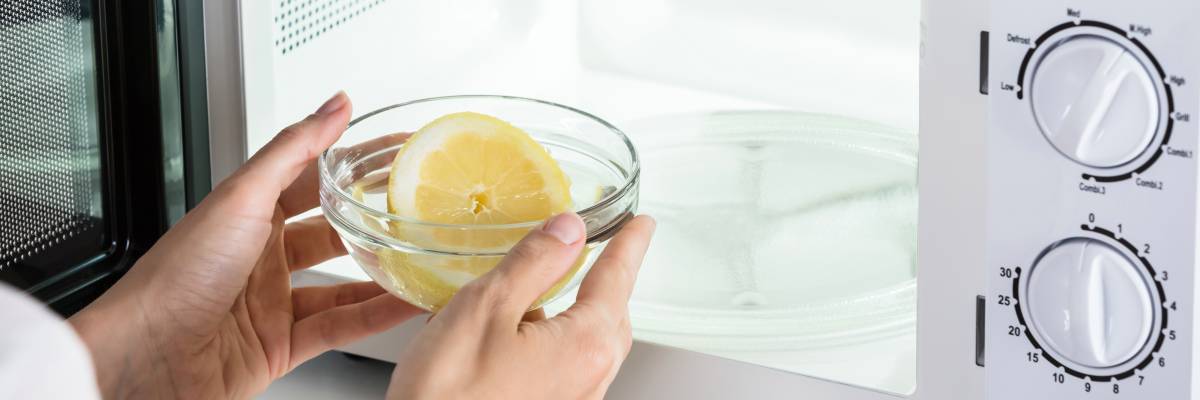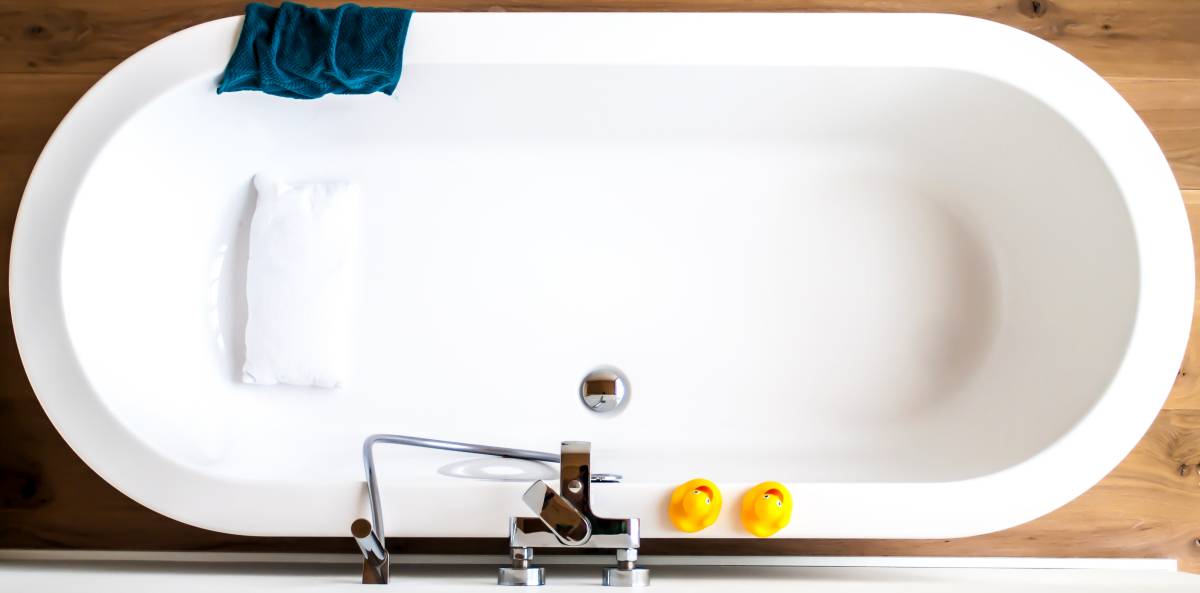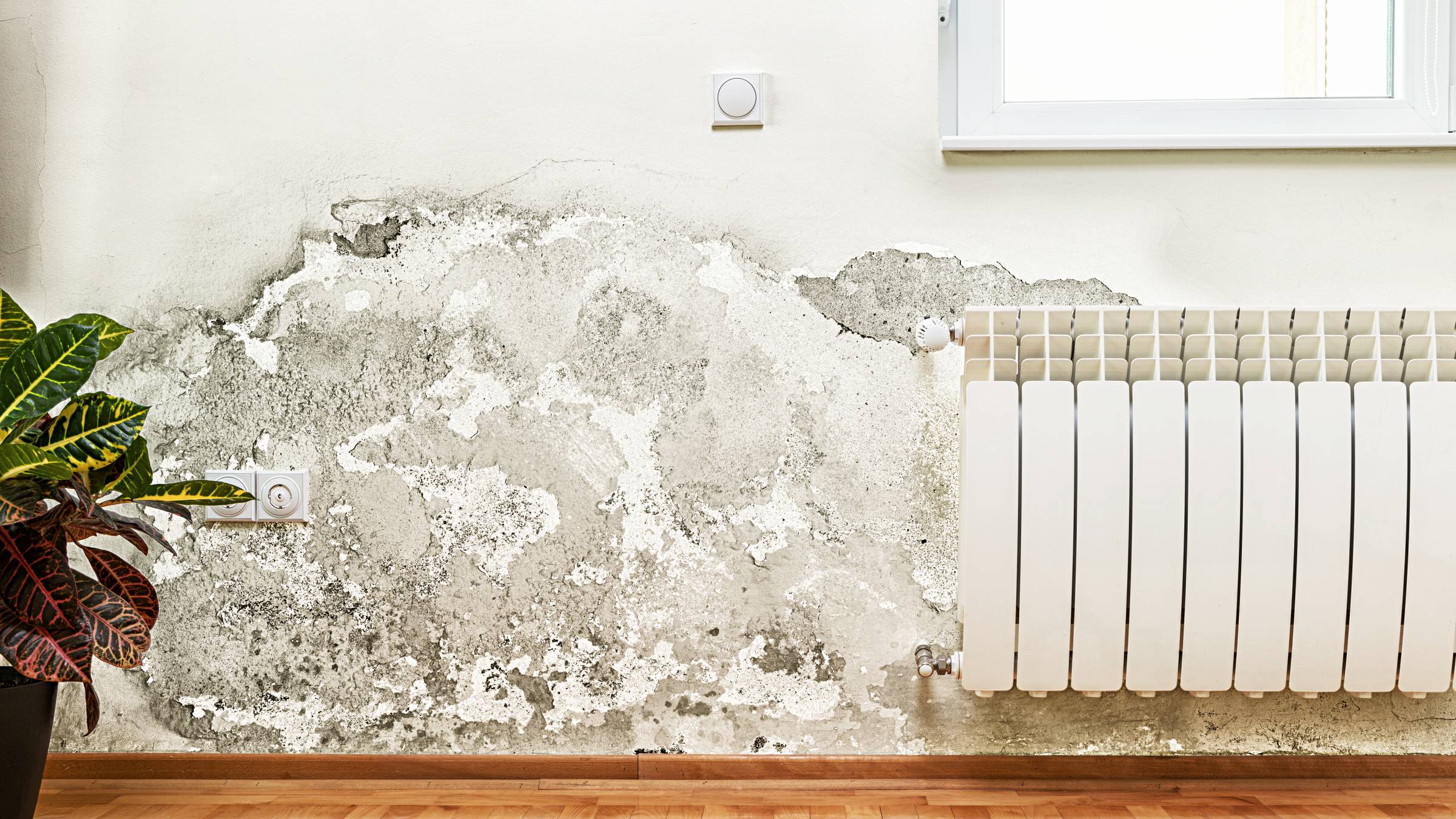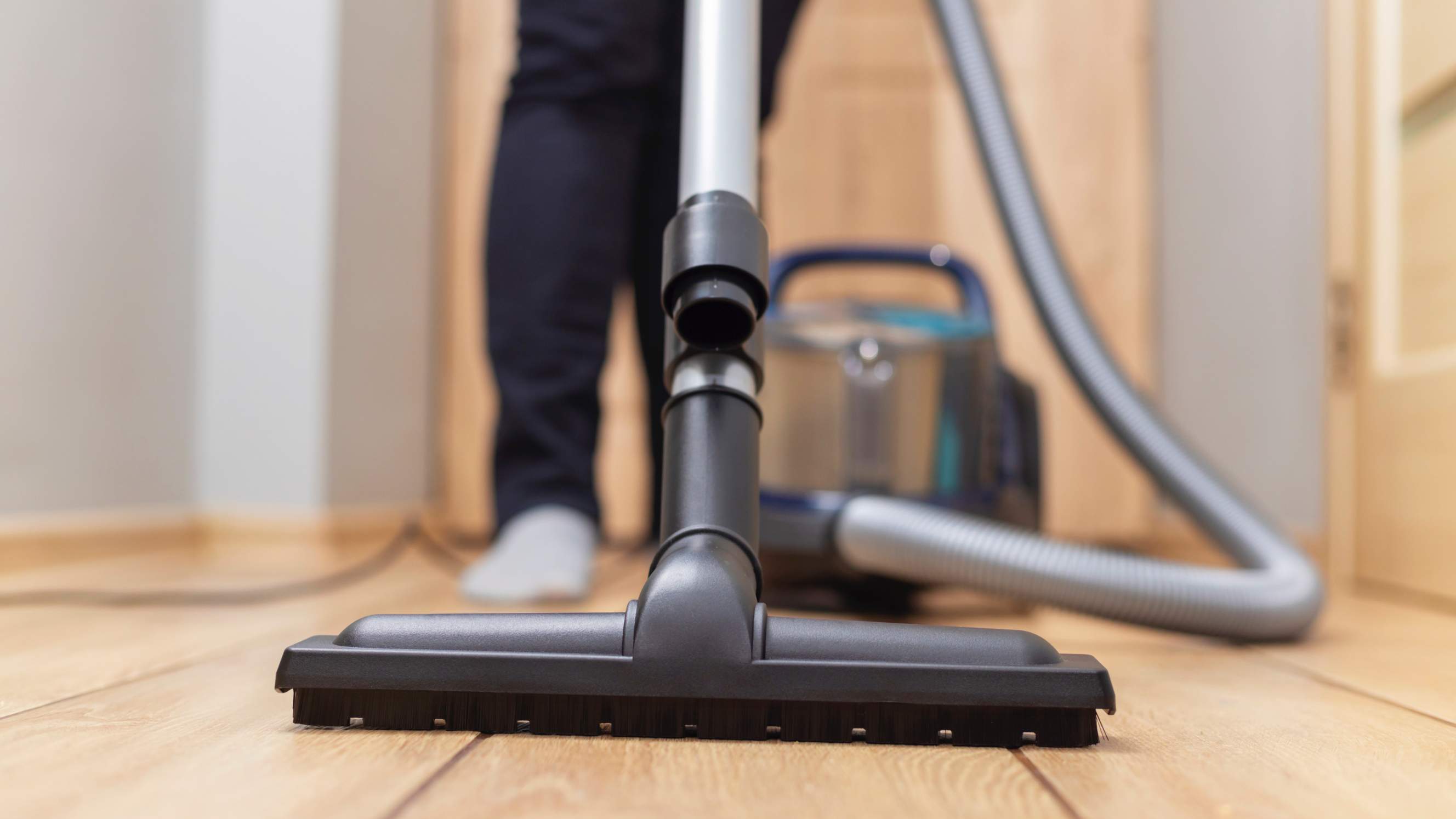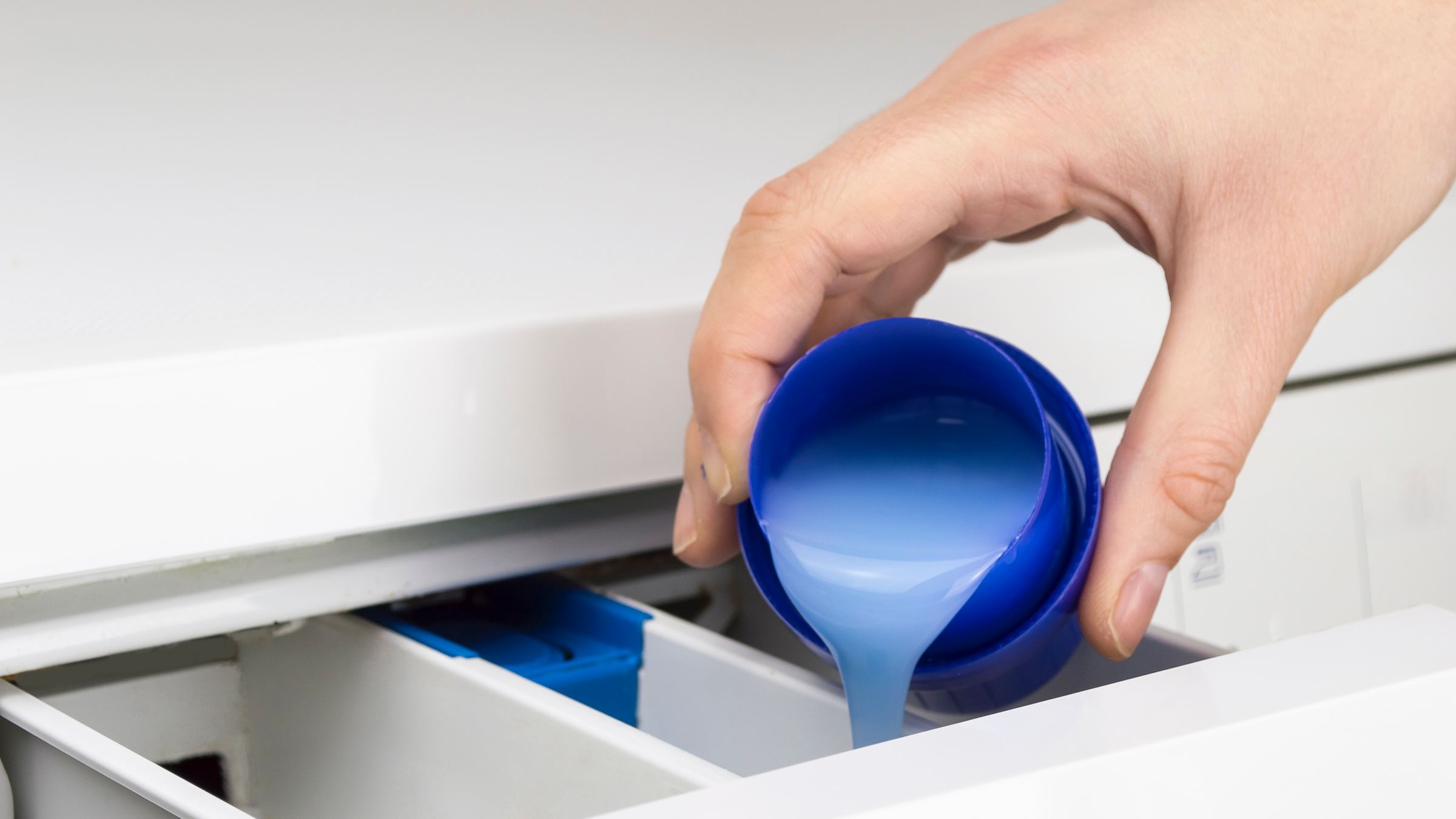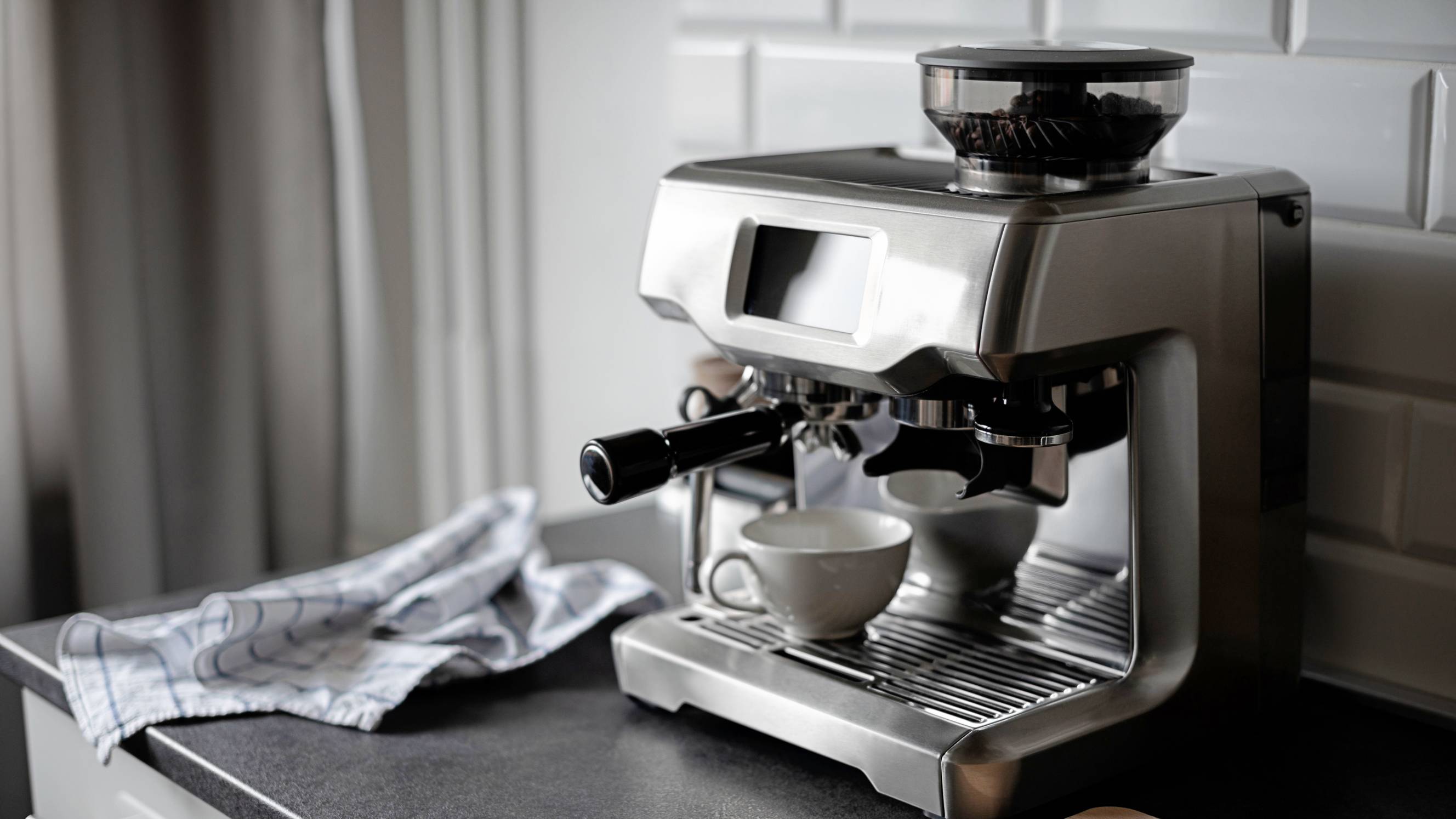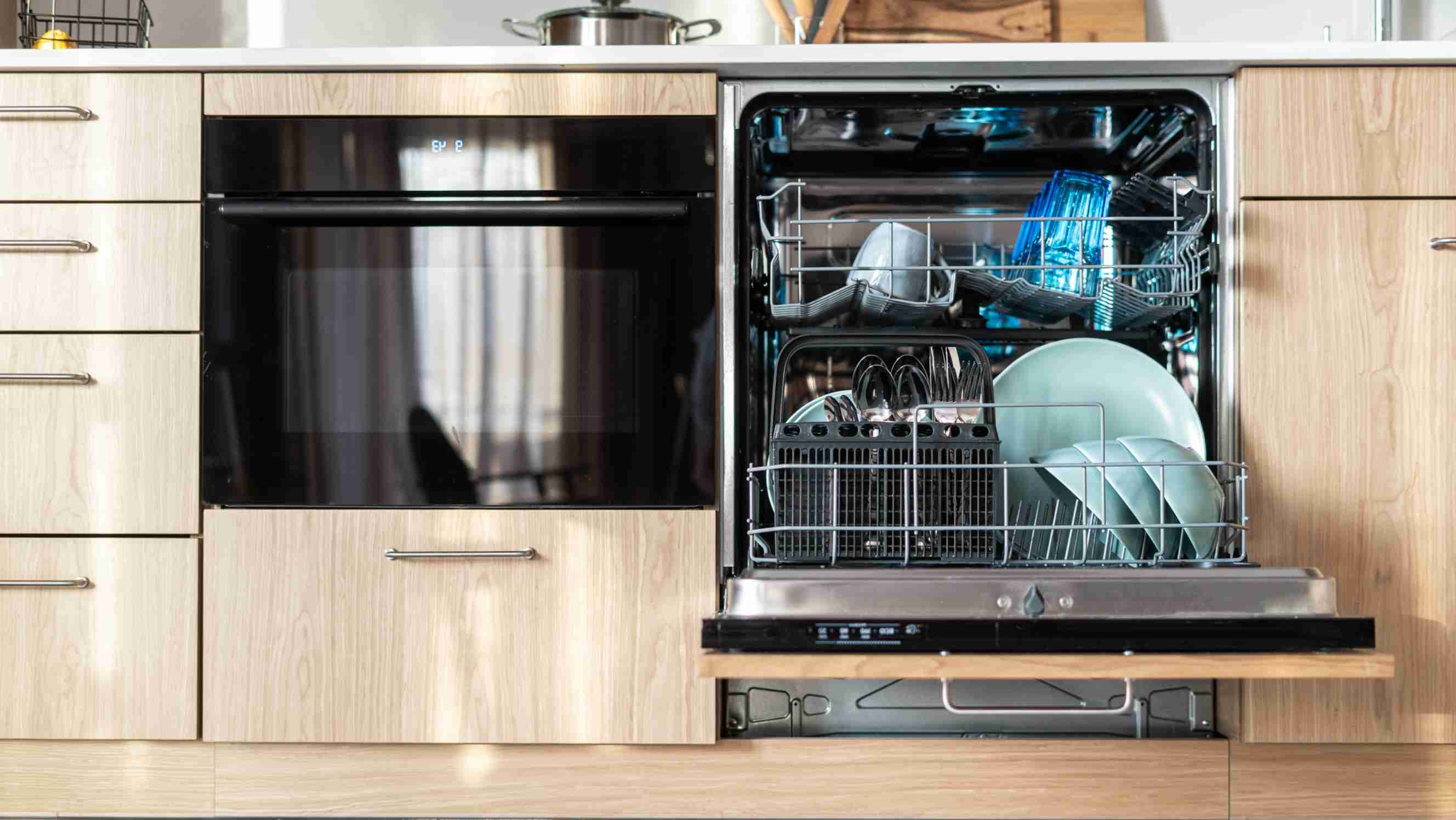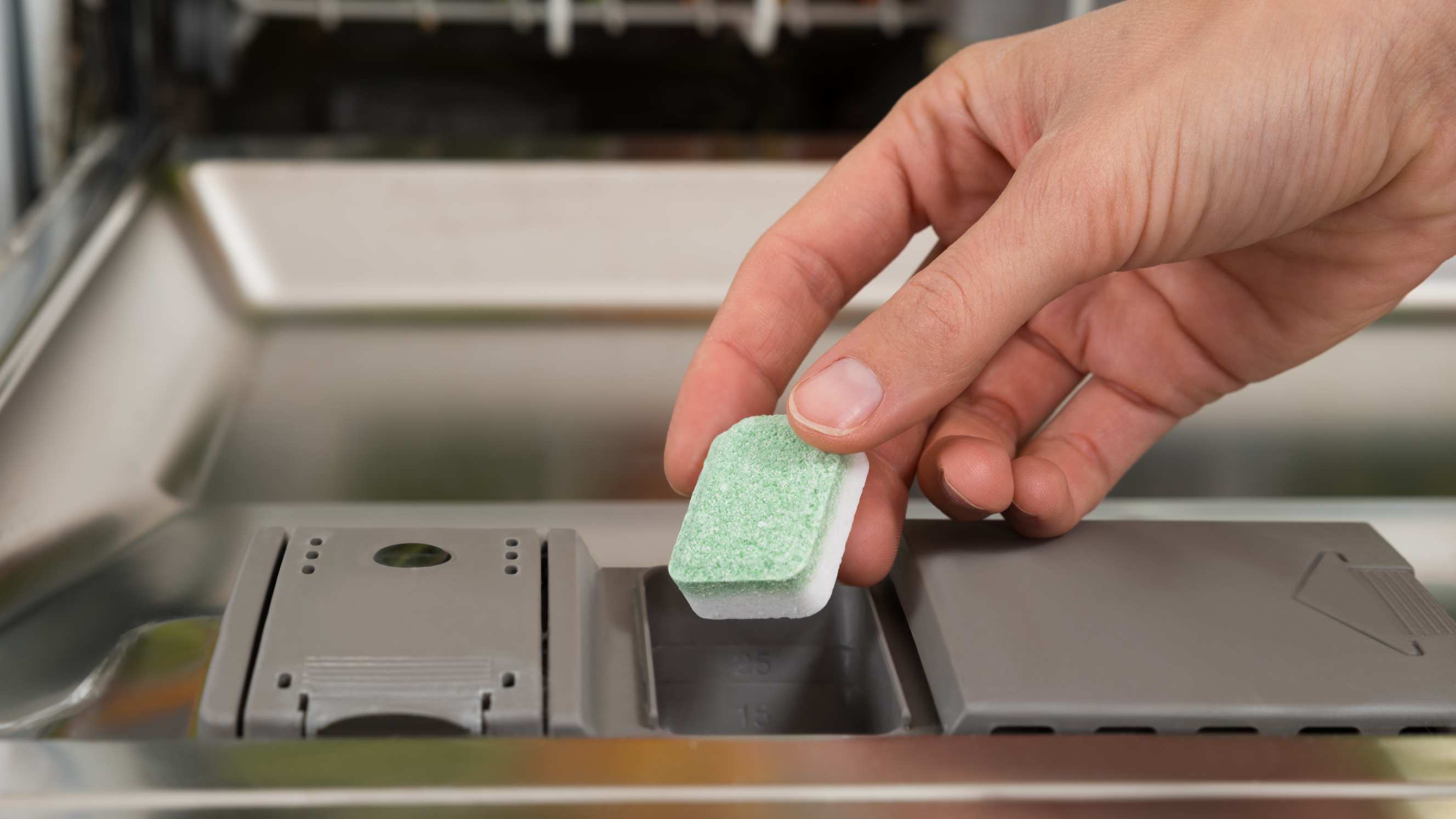- Home/
- Comparisons/
- Cleaning/
- Integrated vs Freestanding Dishwasher
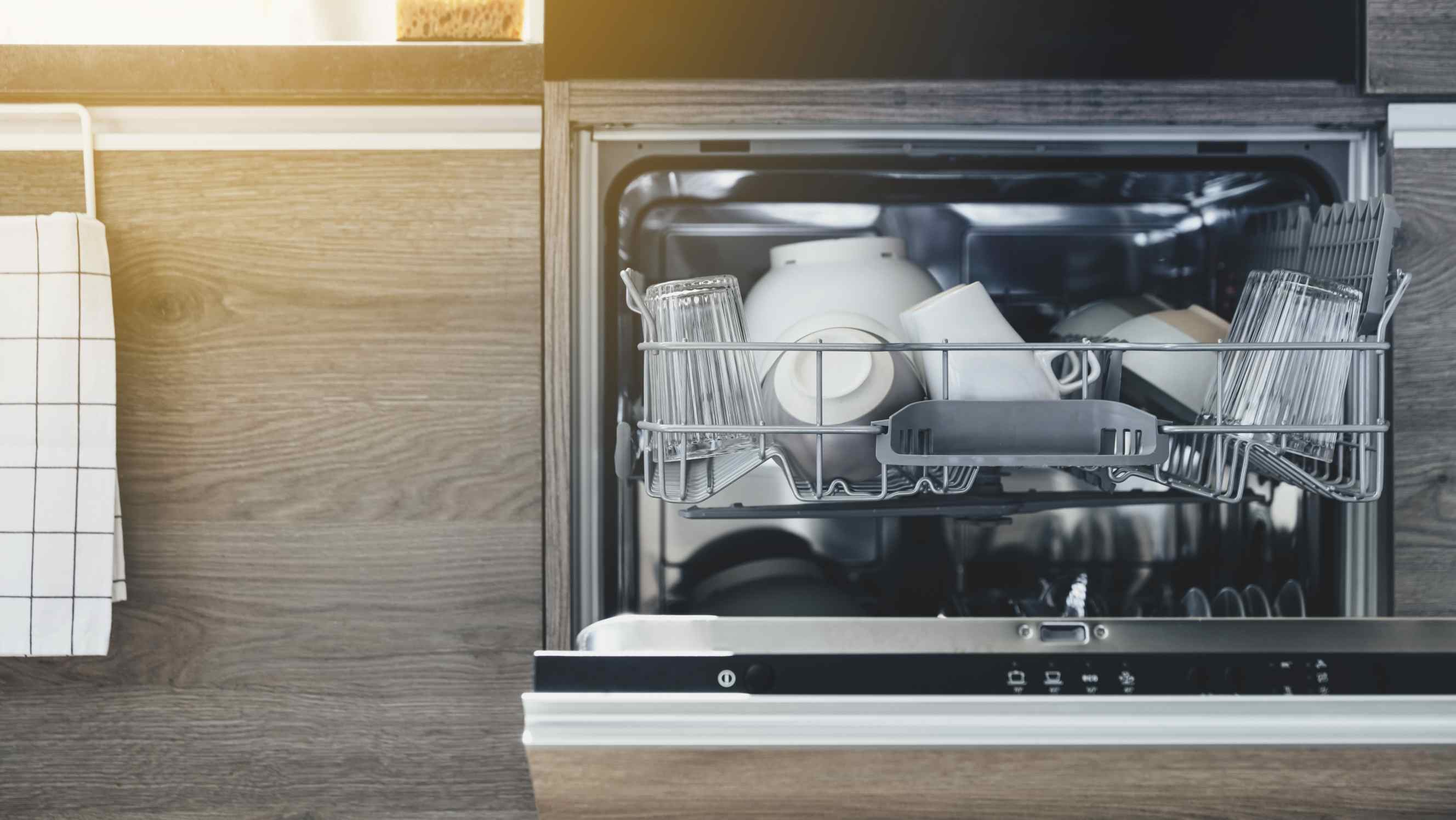
Integrated vs freestanding dishwasher: Which is right for you?
Comparing integrated and freestanding dishwashers based on their functionality, style and appearance, noise level, and more.
Hire an expert dishwasherLast Updated on
Key Facts
- An integrated dishwasher is built into your kitchen cabinetry for a seamless look that blends with your decor.
- A freestanding dishwasher is a standalone appliance that can be placed anywhere in your house or kitchen.
Given that dishwashers are generally more energy-efficient and effective than washing dishes by hand, selecting the right type of dishwasher is more pressing than ever. Imagine you're moving into a new house or renovating your kitchen, and you're wondering whether to go for an integrated or freestanding dishwasher. The decision can be overwhelming!
This is especially the case since both types have their own unique set of features and benefits. Plus, there are countless factors to consider, such as aesthetics, functionality, and cost.
That's why our guide will break down the pros and cons of an integrated vs freestanding dishwasher. Hopefully, we can help you decide which one is right for you by the end.
What is a fully integrated dishwasher?
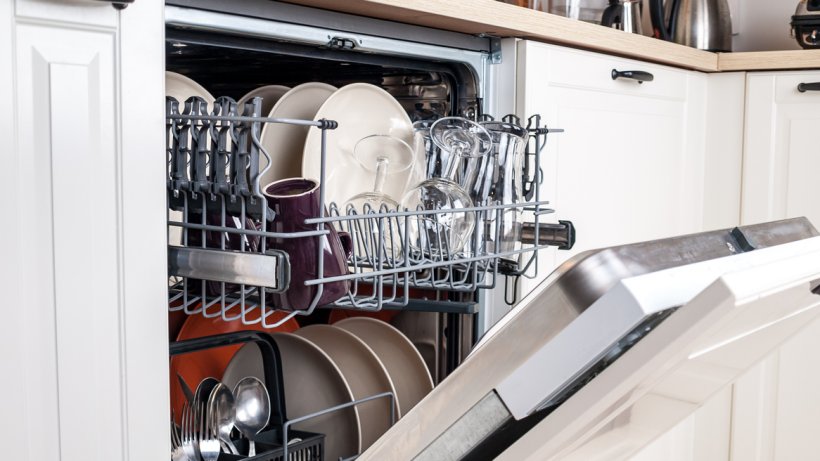
A fully integrated dishwasher is an appliance designed to blend perfectly with your cabinetry. The controls are also tucked away inside the door. This makes the appliance virtually invisible when it’s closed.
Integrated appliances like these are perfect for folks who love a sleek and uncluttered kitchen look. When done right, you’ll only notice this dishwasher by its handle.
And because this dishwasher sits inside your cabinets, there are no visible sides. That means no gaps to clean or exposed edges to catch dust and debris.
What is a freestanding dishwasher?
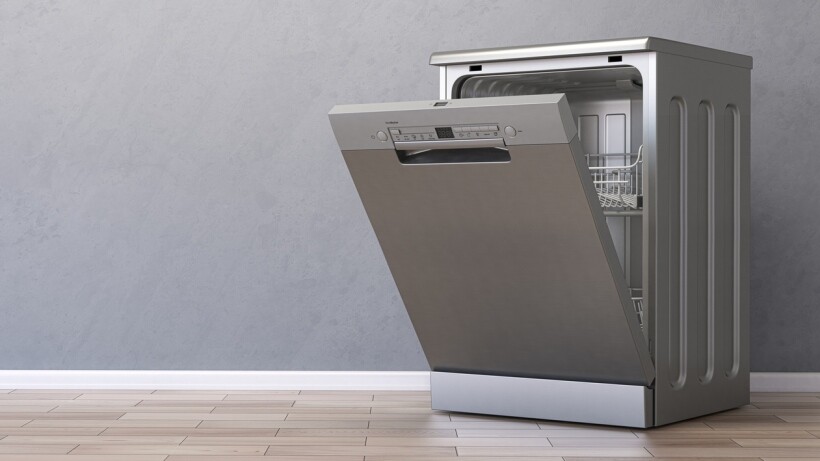
A freestanding dishwasher is your go-to if you want flexibility and convenience in your kitchen setup. Unlike its integrated counterpart, a standalone dishwasher doesn’t need to be hidden behind furniture.
You can spot it right away because you’ll see its controls on the outside. This type is ideal for renters or homeowners who like switching things up without fuss.
Whether redesigning your space or moving homes, just unplug it and take it with you. Plus, it can fit into any kitchen layout without custom cabinetry.
Freestanding vs integrated dishwasher: Which is a better investment?
Choosing the kind of dishwasher you get is more than just a matter of taste. But don’t worry. This guide will break down the difference between integrated and freestanding dishwashers in a way that’s easy to understand. It might seem like an overwhelming decision, but it all boils down to the following factors.
In terms of functionality

Aside from offering the best look, integrated dishwashers are also more than capable of handling any dish load. They can even clean wine glasses with specific settings to prevent breakage and ensure a spotless finish.
Freestanding dishwashers, on the other hand, are all about flexibility and ease of access. You won’t have to open a cupboard door to adjust settings or check if the cycle’s done. Plus, these models often come with program options for both dishwasher powder and tablets.
However, freestanding dishwashers are generally more versatile in their internal configurations. They have adjustable racks and shelves that can accommodate large pots, pans, and awkwardly shaped items. This means you can customise the interior to suit your specific washing needs, whether you’re hosting a big dinner party or simply doing the daily dishes.
In terms of style and appearance

It’s clear that integrated models offer a simpler look by blending seamlessly with your kitchen. They’re the go-to choice if you’re aiming for a minimalist kitchen design where appliances don’t interrupt the flow of cabinetry.
On the flip side, freestanding dishwashers give you more freedom to showcase your appliance’s design. With various finishes and styles, they can complement or contrast with your kitchen’s aesthetic.
Now, semi-integrated dishwashers strike a middle ground. They do integrate with the kitchen layout, but they still display the appliance’s control panel. This option allows for a bit of the dishwasher’s personality to shine through without completely taking over the kitchen’s design theme. They’re perfect for those who appreciate the convenience of seeing the controls at a glance but still want the cohesive look of built-in appliances.
When we talk about dimensions, the standard dishwasher size fits both freestanding and integrated models. However, both styles also offer slimline dishwashers that are ideal for smaller kitchens or reduced spaces.
In terms of noise level

Everyone wants a peaceful dishwasher, but there’s quite a bit to think about. Integrated models are often quieter, partly because they’re inside cabinets, which helps dampen the sound. On the other hand, freestanding dishwashers might not have the extra buffer, so they’re a little extra loud.
However, many manufacturers are now focusing on creating dishwashers that won’t interrupt your home life, whether it’s an integrated or freestanding unit. The key is to look for models specifically marketed as having low noise levels. These often have additional insulation and advanced motor technologies to reduce noise.
You can also take some measures to minimise dishwasher noise further. Placing your unit on a rubber mat can significantly reduce vibration sounds. Surrounding the dishwasher with insulation panels or installing it near sound-absorbing materials like curtains or carpeted floors can also help. If you’re not particularly good at DIY, you can easily hire pro handymen who can take care of these odd jobs for you.
In terms of the installation process

Integrated dishwashers call for a bit more elbow grease than their freestanding counterparts. You’ll need to ensure they fit snugly into your kitchen cabinetry.
There are guides on installing dishwashers, but it can be a tricky task for those who aren’t as experienced with plumbing or carpentry work. It can also be a chore to look into how to take out a built-in dishwasher when it’s time to replace an older unit or move somewhere else.
Alternatively, freestanding dishwashers are pretty straightforward. They’re plug-and-play. Plus, they tend to be more budget-friendly and can easily be moved around if needed.
In terms of energy efficiency
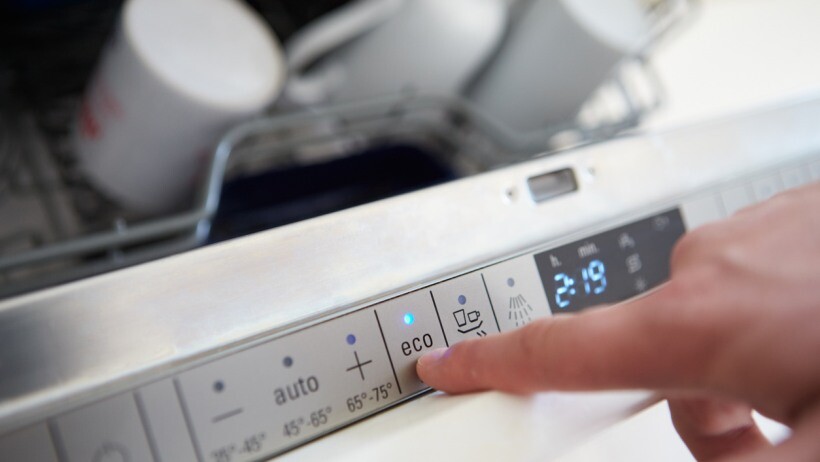
Dishwashers are energy efficient from the get-go. However, integrated ones have a slight edge due to better insulation. This extra layer helps them keep the heat in, making them more efficient during cycles.
Freestanding units might not be as snug with your cabinetry, which can lead to a bit more energy use over time. There are some models that have stepped up their game with eco-friendly features, though. They’re designed to use less water and power per cycle, which is great for your bills and the planet.
In terms of cost

While the purchase price of the dishwasher itself may seem comparable at first glance, the total cost of ownership can vary significantly between freestanding and integrated models. For instance, installation can go from $500 to $1,500 in Australia.
Freestanding dishwashers present a broad price range, from about $395 to $2,538. This includes everything from the most basic models suited for tighter budgets to high-end options packed with advanced features for those willing to invest more.
Integrated or built-in dishwashers have a pricing spectrum that stretches from $548 to $5,199. The starting point is a lot higher than that of freestanding models, and the upper limit is notably higher as well. This is probably because of this type’s more advanced features.
Streamline your daily chores – achieve hassle-free dish cleaning with Airtasker
As long as you consider your space, lifestyle, and budget, you'll surely be able to decide on the type that suits your needs. But whether you opt for a freestanding or integrated model, saving time when cleaning your dishes is really important.
Perhaps you need help with your kitchen and dish cleaning needs? With Airtasker, all you need to do is post your task on the platform and connect with skilled professionals who are ready to lend a hand. Don't waste your weekend wrestling with dirty plates and cups.
And if you ever decide that you still need a dishwasher on the side, experienced Taskers can also help in assembling it from the ground up. Forget confusing instruction manuals or potentially incorrect installations. Post a task today and connect with experts who can help streamline your daily chores, making life a little easier, one dish at a time.
Integrated vs freestanding dishwasher
| Integrated Dishwasher |
Freestanding Dishwasher |
|
| Functionality |
Customisable to match the cabinetry, offers seamless look |
Versatile placement options, easy access |
| Style and Appearance |
Blends with kitchen cabinetry for a unified appearance |
Visible and available in various styles |
| Noise Level |
Generally quieter due to cabinetry buffering sound |
Potentially louder due to no extra insulation |
| Installation Process |
Requires precise integration with cabinetry, needs professional assembly |
Easier to install, typically plug-and-play |
| Energy Efficiency |
Slightly more energy-efficient due to better insulation |
May use slightly more energy due to lack of insulation |
| Cost |
Comparable initial costs, potential higher installation costs |
Generally lower cost in both purchasing and installing |
FAQs on integrated and freestanding dishwashers
Using an integrated dishwasher as a freestanding unit is not recommended. Since these models are designed to be enclosed within cabinets, they lack the finished sides and top that freestanding dishwashers have for standalone use.
A semi-integrated dishwasher is designed to be partially built into your kitchen cabinets, with the control panel remaining visible and accessible.
No, integrated dishwashers come in different sizes to fit various kitchen layouts but most commonly adhere to standard dimensions to fit under a countertop.
The better option between using a dishwasher or hand washing depends on several factors. For most people, using a dishwasher is generally more efficient and uses less water than hand washing. Dishwashers also tend to clean dishes more thoroughly. However, hand washing may be preferable for delicate items.
Find cleaners, fast
Post a task
Related articles

How to best clean a washing machine
Read more

How to get rid of mould at home
Read more

How to clean your home after a flood
Read more

How to price pressure washing jobs
Read more

How to become a housekeeper
Read more

How to price cleaning jobs
Read more

How to get a cleaning certificate
Read more

How to keep dust off your desk
Read more

How to get rid of dust in your home
Read more

How to clean a duster
Read more

How to clean a garage floor
Read more

The ultimate spring cleaning checklist
Read more

End of lease cleaning checklist
Read more
Related price pages

How much does tile cleaning cost?
Read more

How much does mould removal cost?
Read more
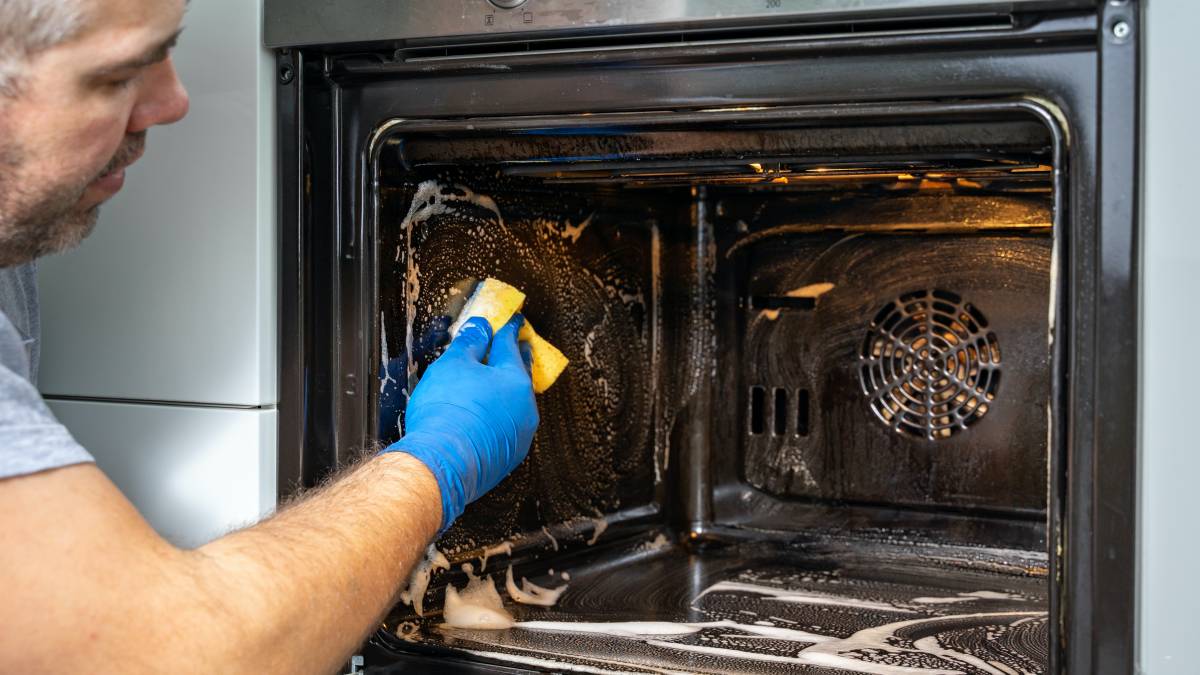
How much does oven cleaning cost?
Read more

How much does a cleaner cost?
Read more

How much does office cleaning cost?
Read more

How much does attic cleaning cost?
Read more

How much does floor cleaning cost?
Read more

How much does brick cleaning cost?
Read more

How much does blind cleaning cost?
Read more

Pressure washing prices in Australia
Read more

